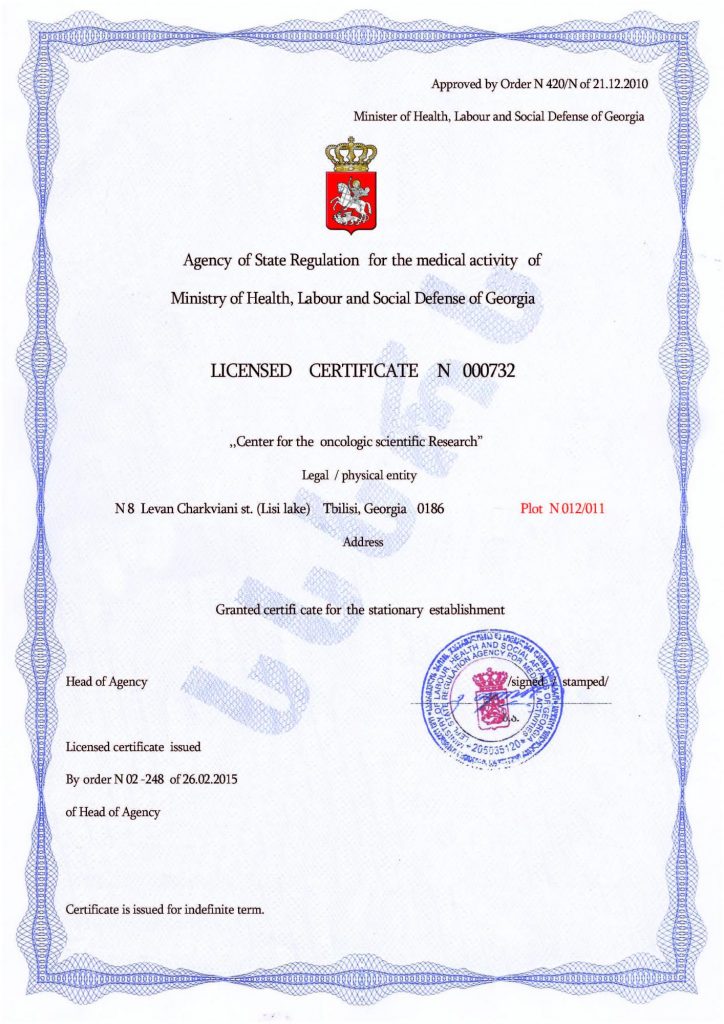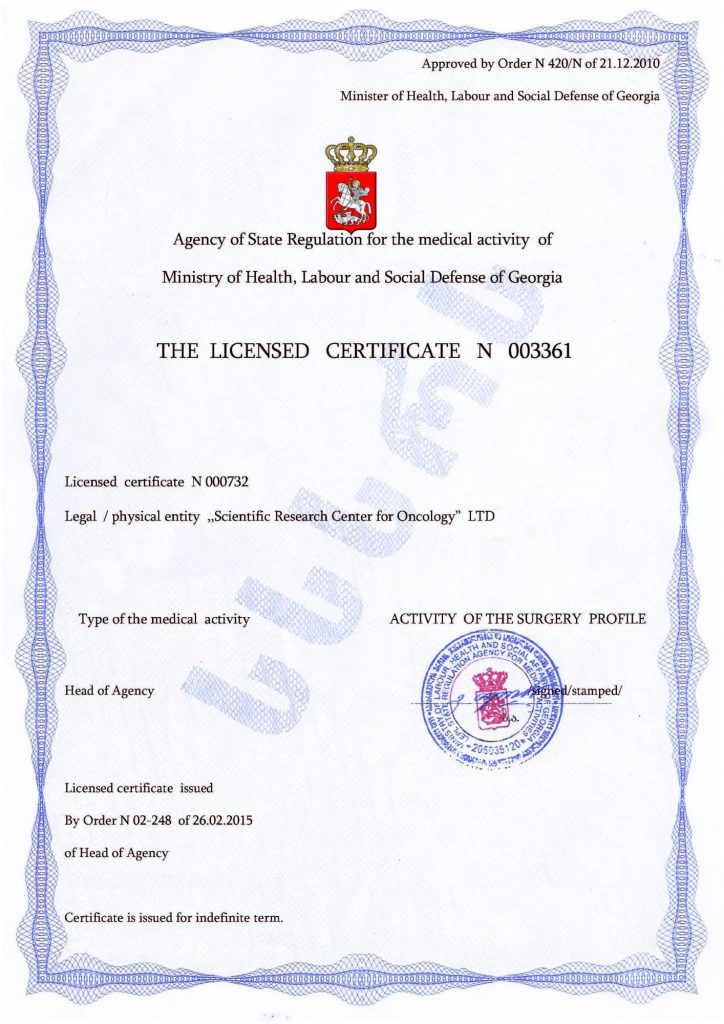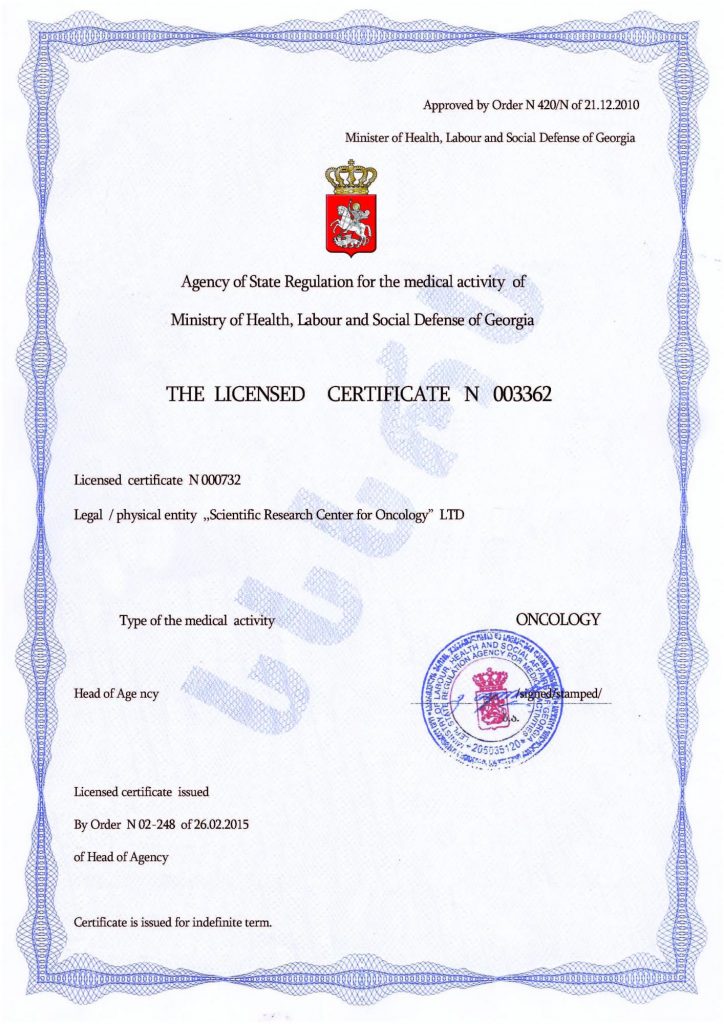Technologies to Detect and Diagnose Autism
An early diagnosis of autism spectrum disorder makes treatment more effective and improves a child’s chances of becoming socially adapted and comprehensively developed. Parents can make an initial diagnosis by noticing signs of the disease, and a secondary official diagnosis is done through an examination by a neuropsychologist (a doctor specialising in the brain). An MRI or EEG can be prescribed to confirm the diagnosis and obtain detailed data on the functioning of the brain.
Psychological testing of a child and interviewing their close relatives are traditional ways of examining patients with ASD. In addition, laboratory tests may be used. These are:
- Analysis for the level of amino acids in the blood;
- Analysis for the presence of organic acid in urine;
- Chromosomal analysis (karyotyping).
Autism diagnostic technologies
Electroencephalogram (EEG)
Scientists from Boston Hospital concluded that a regular electroencephalogram (EEG) can detect autism. This test measures the electrical activity of the brain, which is impaired in children with autism. The method can be used at age of 3 months and later for detailed examination of a child with preliminary suspicion of mental disorders.
The potential for autism can be detected during an ultrasound screening during intrauterine development. It is known that development of ASD has genetic causes, and EEG results can unmistakably indicate autism from the age of 9 months. During the examination, electrical sensors are placed on the baby’s head to help study the peculiarities of brain interactions.
What is seen on the EEG of an autistic patient? Spectral screening of bioelectrical activity in the brain is the most accessible and simple method that can identify areas with predominant activity in the brain, making it possible to define processes of inhibition and excitation that are characteristic of ASD.
MRI scans for autism
Regular computer-aided tomography (CAT) scans are not used to detect autism because the brains of people with autism have no visible structural changes. MRI scanning of the brain for autism provides more diagnostic information that shows how particular areas of the brain interact with each other. During MRI diagnostics for autism, a doctor can see abnormal interactions between hemispheres of the brain in areas responsible for attention, motor functions, social behaviour and others. All dysfunctions of these areas can accompany autism.
Modern diagnostic methods allow the possibility of more accurate childhood autism treatment
Recently, the correction of childhood autism using stem cells has become extremely popular. Diagnostics make it possible to determine the volume of stem cells needed for a particular patient. This biomaterial is obtained from a patient’s body, then reintroduced in the form of a concentrated liquid with the needed amount of multiplied stem cells. This treatment of childhood autism spectrum disorder is highly effective because stem cells correct brain dysfunctions and restore its correct cellular structure.
Get cell therapy at the Mardaleishvili Medical Centre — you can restore your child’s proper level of development and socialization!
Autism Treatment Center Videos
Autism treatment with own stem cells
Cord blood association congress
International Quality Crown
Autism Treatment Reviews
Autism treatment with own stem cells
The story of Alessandro (6 years old)
Autism Patient Testimonial - Stem Cell Treatment
Clients Testimonials
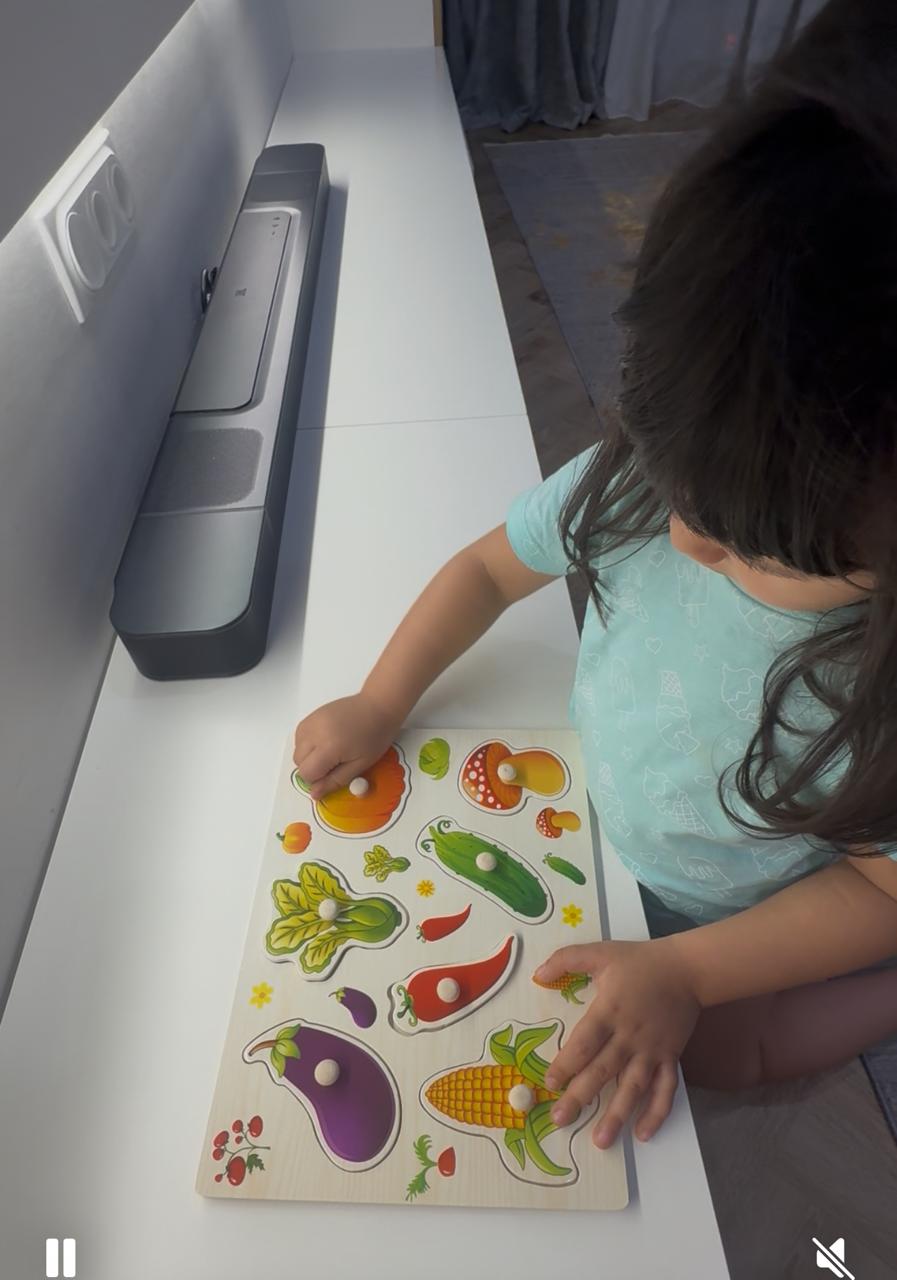
Dilana’s mother Read More

Irina and Stefan – Ilya’s parents Read More

Kristina – mother of Nelly and Nik Read More
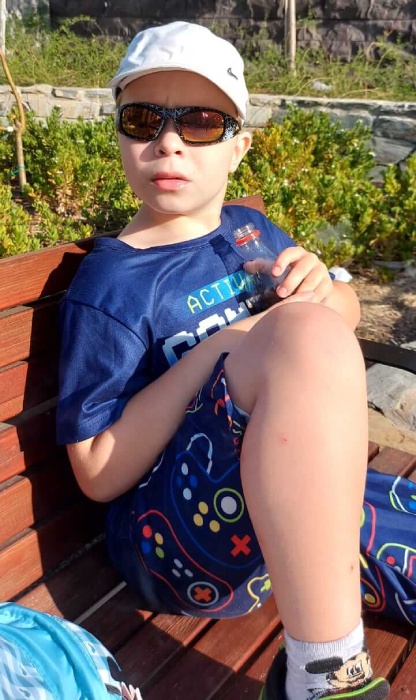
Marina and Grigory – Maxim’s parents Read More

Testimonial from Shakhnoza, mother of Asal Read More









